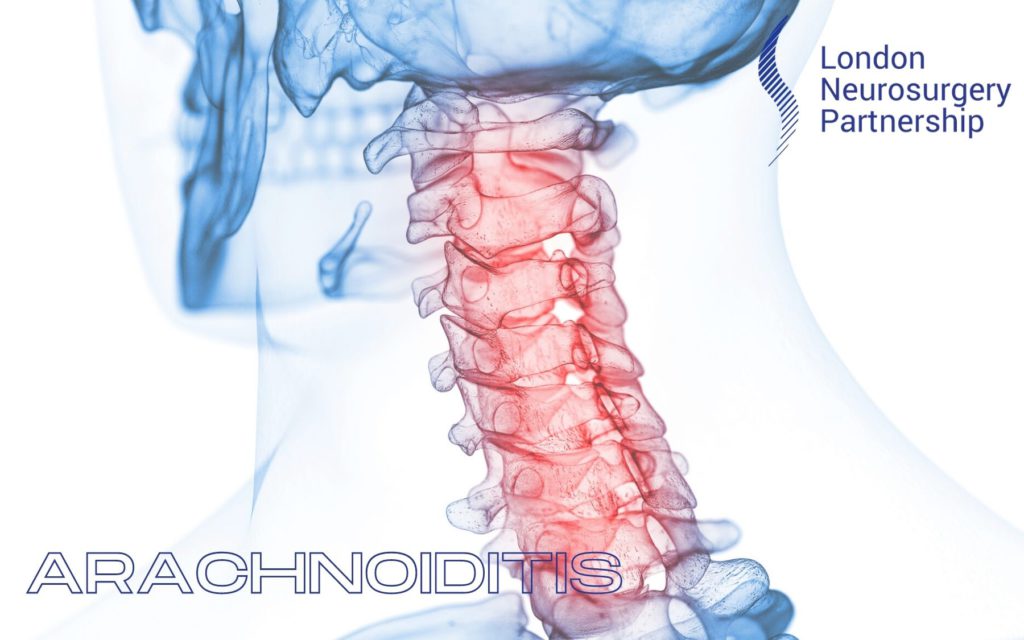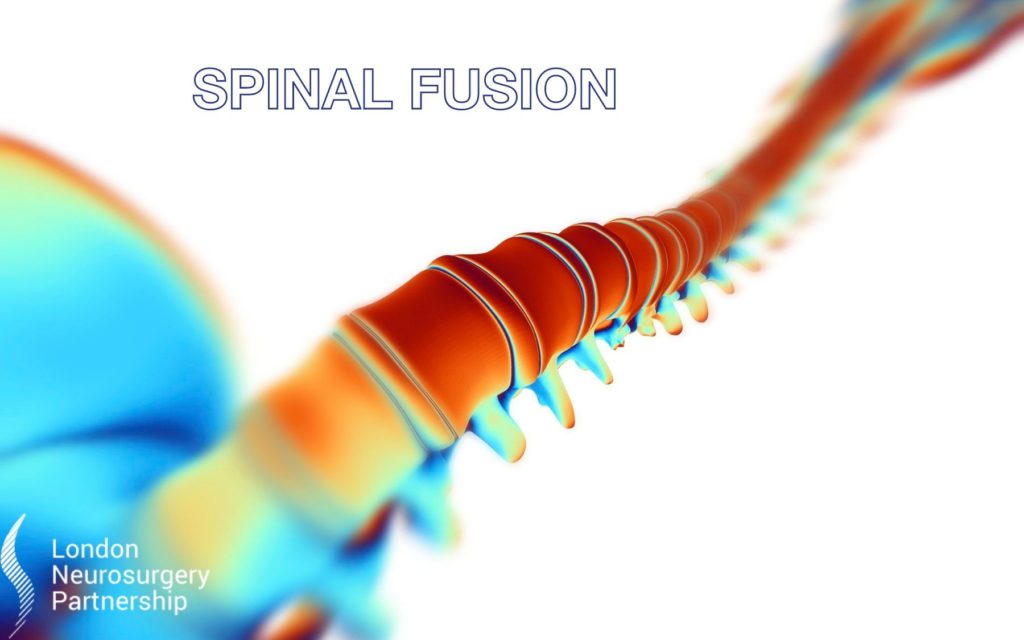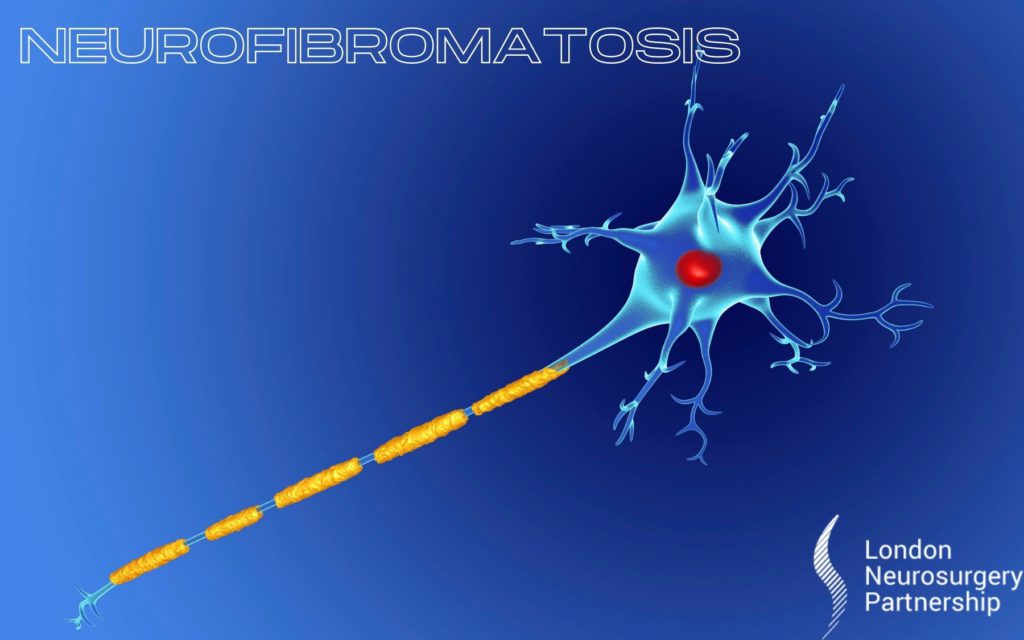
Sacroiliac joint Pain (SI joint pain) can lead to patients having severe lower back pain. If you would like to find out more about SI joint pain please read our blog. In this blog, we will be looking at how sacroiliac joint injections can help to improve the symptoms that patients are experiencing.
Sacroiliac joint pain can be managed with over the counter pain medication such as Paracetamol or Ibuprofen, however, if this does not work or your condition has become significantly worst then it may be time to consider having sacroiliac joint injections.
The injection is put in into the sacroiliac joint, which is placed between the hip bones and tailbone, right at the base of the spine. The solution is made up of both steroids and local anaesthetic, which work together to:
- Decrease inflammation/swelling around the joint
- Give you a period of time that is pain-free, so that you can focus on exercises and physiotherapy that will offer long term relief
- Help get a clear diagnosis – if the pain is gone after you have had this injection it means that the pain is definitely related to a problem with the sacroiliac joint.
The procedure will typically take between 15-30 minutes. During this time you will be positioned face down onto a bed. The site of the injection will be cleaned, a local anaesthetic will be injected to numb the area and then the injection will be once. Once the procedure has been completed you will usually stay in the hospital for around 3-4 hours to ensure that it has gone to plan, you will then be allowed to go home.
Before you go ahead with the procedure you will talk through the possible risks with your consultant. Although it is unlikely to happen you must be aware:
- Unsuccessful treatment – this treatment does not work for everyone
- Worsening of symptoms – lots of patients will not see improvement for 2-4 weeks after the procedure
- Pain or bruising – some people can experience discomfort for a few days after the procedure
- Infection – this is very rare
- Weakness in the legs – this is very rare
This article is intended to inform and give insight but not treat, diagnose or replace the advice of a doctor. Always seek medical advice with any questions regarding a medical condition.





0 Comments